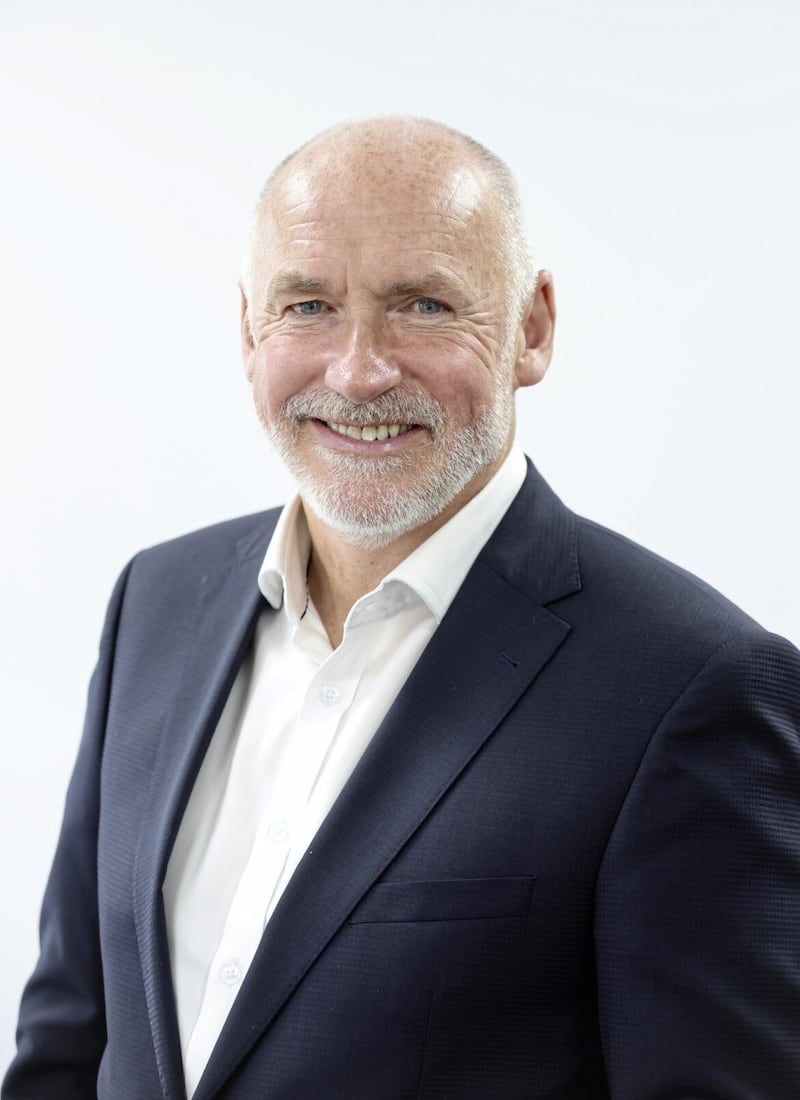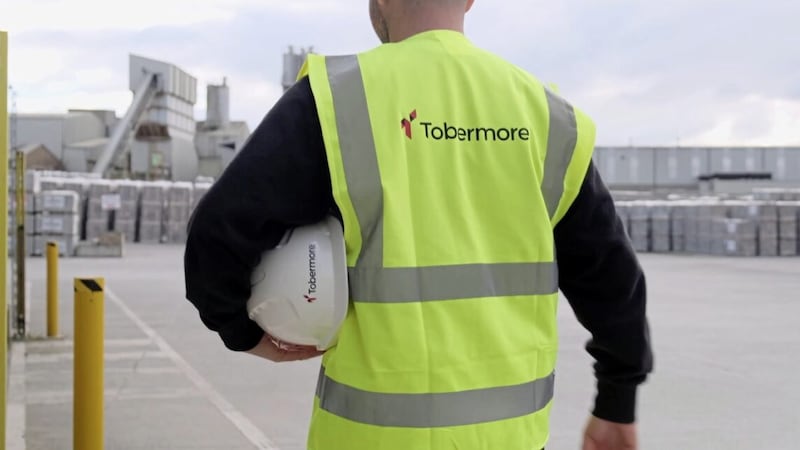People often ask what the difference is between 4G and 5G mobile phone coverage. One analogy is to think of it as driving on a three-lane motorway, then switching to a six-lane motorway. A lot more cars, or in this instance data, travelling at high speed. It can be that significant.
The importance of mobile phone connectivity for businesses should never be underestimated, and it is among the key areas where we expect the recently-restored Northern Ireland Executive to focus its attention to bring much-needed clarity.
It will soon be two years since the Mobile Action Plan for Northern Ireland (MAP NI) was launched by the then Economy Minister Gordon Lyons. The aim of the plan, developed by a cross-sector working group comprising of a range of stakeholders, is to establish the barriers to the roll-out of mobile technologies in the region - and provide solutions.
When launching the initiative, the minister stated that access to high-quality digital connectivity was a “priority”, noting that modern society demands reliable and fast communication networks to drive economic activity, meaning that affordable, secure digital infrastructure is “essential” for businesses and individuals.
While there has been little discussion and commentary around the MAP NI during the Stormont hiatus – publicly at least - it was interesting to note that it was referenced by current Economy Minister Conor Murphy at the end of last month.
In his reply to a question about the overall access to 4G and 5G services in various parts of Northern Ireland, and specifically what steps the department can take to enhance 4G and 5G connectivity in areas that are lagging behind, Mr Murphy highlighted that the Northern Ireland Barrier Busting Taskforce (NIBBT) has been established as a result of the plan.
The minister referenced implementation updates to the plan, in which a timeline of progress states that a stakeholder engagement strategy and communications plan were signed off in August of last year, with “digital champions/coordinators” identified by all 11 Northern Ireland councils in the same month.
While it is the UK Government’s Department for Science, Innovation and Technology (DSIT) that holds the policy responsibility for improvements to mobile connectivity, it is vital on a local level that all of the actions within the MAP NI are fully and successfully implemented.
The Northern Ireland economy needs a digital infrastructure that is in keeping with a modern, prosperous country.
Improved mobile connectivity would make a major contribution to economic growth in the region. It would help tackle the well-documented productivity challenges we are facing, facilitating businesses to operate more efficiently, and it would improve how employees can access company resources, communicate with clients and complete tasks remotely.

Better access to 5G would also boost innovation and competitiveness, positioning businesses in the region to thrive in an increasingly interconnected world, therefore making it an enabler of prosperity in the digital age.
Indeed, you could almost say it would be just like opening up a few extra lanes on the roadmap to economic success.
- David Armstrong is chief executive of b4b Group








